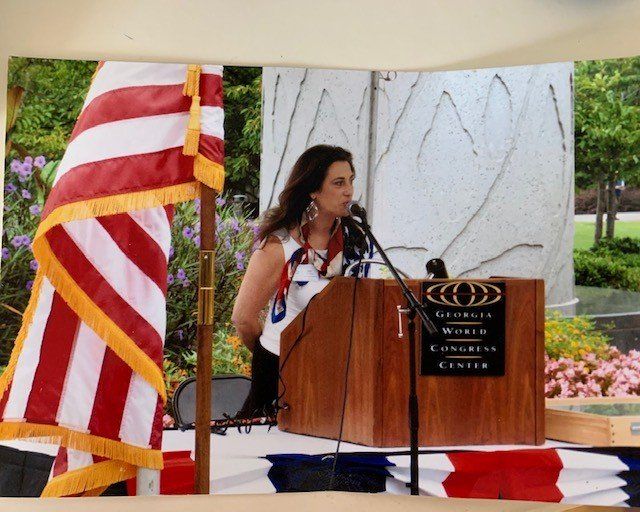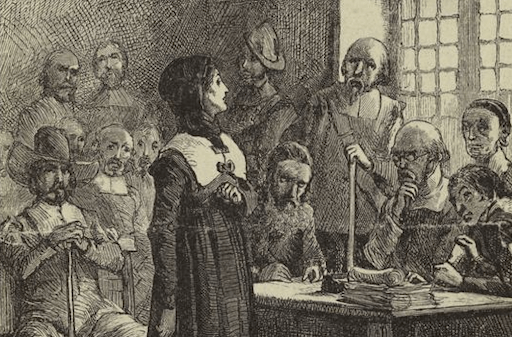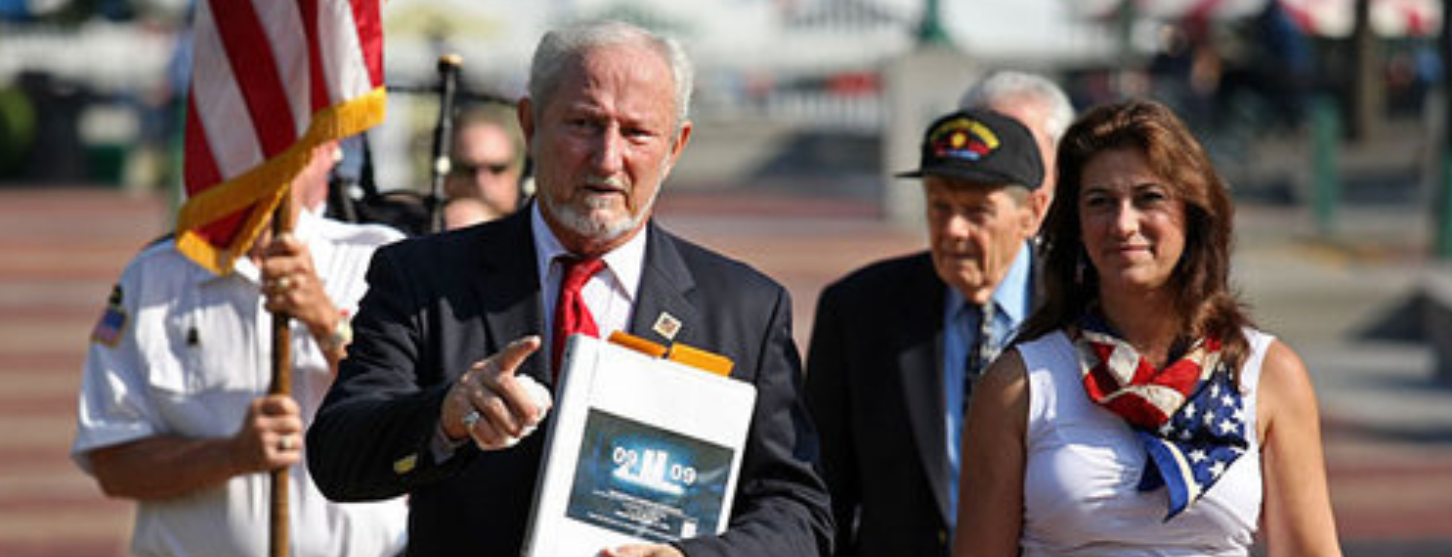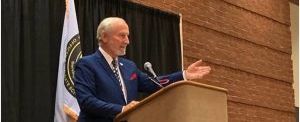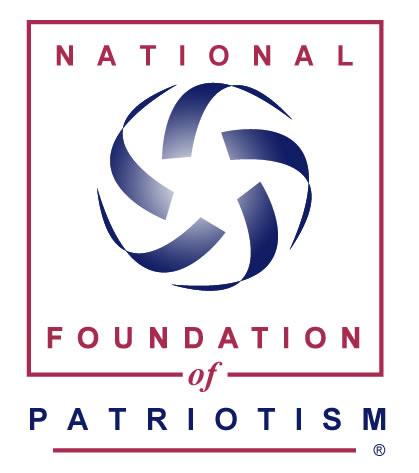Honoring the Stars and Stripes
American Flag Etiquette and Proper Handling
One of the most recognizable and powerful images in the world, The American flag deserves the utmost respect and reverence. There are established guidelines and rules of etiquette in the proper handling of our nation’s symbol of freedom, that help us maintain its dignity.
To ensure Old Glory is honored appropriately, it’s important to learn and adhere to the following practices. Whether displaying the flag on your lapel, on your home, or during a ceremony, be considerate of the meaning of this great symbol of America to patriots at home and abroad.
Flag Display Etiquette
Displaying the American flag correctly is a fundamental aspect of showing respect. Here are some key points to remember:
1. Time of Display: The flag should be displayed from sunrise to sunset. If flown at night, it must be properly illuminated. On special occasions, the flag may be displayed 24 hours a day if properly illuminated.
2. Position of Honor: When displayed with other flags, the American flag should always be at the center and the highest point. On a stage or platform, the flag should be placed to the speaker's right (audience's left).
3. Half-Staff: The flag is flown at half-staff as a mark of respect or mourning. It should be hoisted to the peak for an instant and then lowered to half-staff. Before lowering it at the end of the day, it should be raised again to the peak.
On Memorial Day, the flag is displayed at half- staff until noon and then raised to the top of the staff.
Handling and Care
Proper handling and care of the flag preserve its integrity and respect. Follow these guidelines to ensure the flag is treated with the honor it deserves:
1. Raising and Lowering: The flag should be hoisted briskly and lowered ceremoniously. It should never touch the ground, water, or any other object beneath it.
2. Folding: When not in use, the flag should be folded into a triangular shape, with only the blue field and stars visible. This traditional folding is a mark of respect and facilitates proper storage.
3. Storing: The flag should be stored in a clean, dry place. Avoid placing it where it can become dirty or damaged.
4. Repairing and Retiring: If the flag becomes torn or frayed, it should be repaired or replaced. When a flag is no longer fit for display, it should be retired in a dignified manner, preferably by burning. Many organizations, such as the American Legion, conduct flag retirement ceremonies.
Respect and Conduct
Personal conduct during the presentation of colors, is equally important. Showing respect for the flag extends far beyond display and handling. It encompasses respect and consideration to all who are participating and for the service men and women who represent our nation’s flag all over the world from the beginning of our nation’s history to today.
1. Pledge of Allegiance: When reciting the Pledge of Allegiance, individuals should stand at attention, remove your hat, face the flag, and place their right hand over their heart. Those in uniform should salute.
2. National Anthem: During the national anthem, individuals should stand at attention, face the flag, and place their right hand over their heart. Those in uniform should salute.
3. Appropriate Uses: The flag should not be used as apparel, bedding, or drapery. It should not be printed or embroidered on items intended for temporary use, such as cushions, handkerchiefs, or napkins.
4. Respectful Disposal: Flags should not be thrown away casually. When they are no longer in a condition to be displayed, they should be retired in a dignified manner, usually by burning.
Flag on Clothing and Accessories
While the flag itself should not be used as apparel, respectful representations of the flag on clothing and accessories are generally acceptable:
1. Patriotic Clothing: Clothing that features the flag’s design is acceptable if it shows respect and is worn appropriately, particularly on patriotic holidays.
2. Pins and Patches: Flag pins and patches can be worn as a sign of patriotism and respect. When worn, they should be placed near the heart.
The American flag is a symbol of the nation's values and heritage. By following proper etiquette and handling guidelines, we honor those who have fought and sacrificed for the country. These practices ensure that the flag remains a respected and revered symbol of freedom and unity for generations to come.
Respect for the flag reflects respect for the principles it represents. As Americans, it is our duty to uphold these standards and instill them in future generations, ensuring that the flag continues to inspire and unify the nation.
Recent Posts
